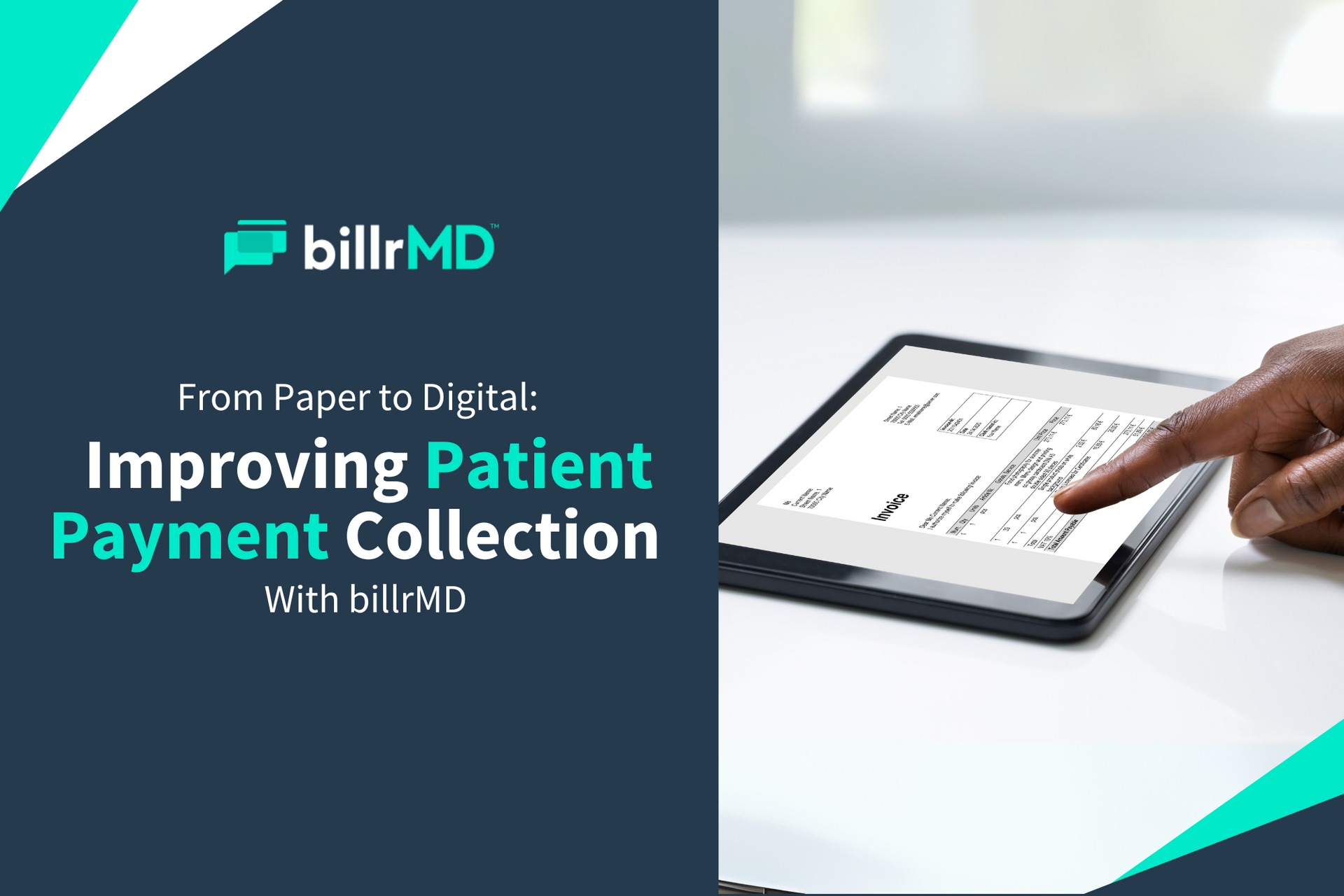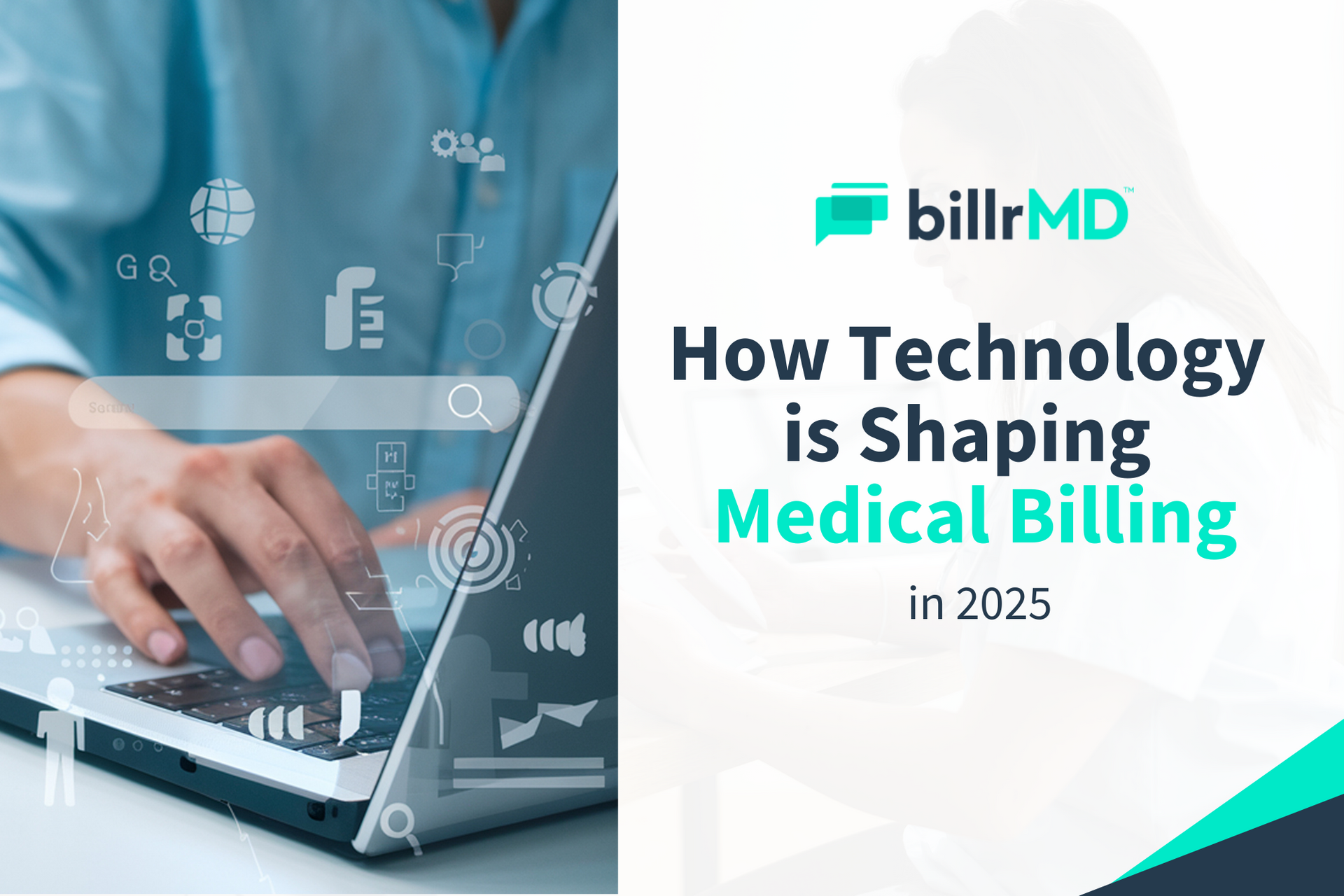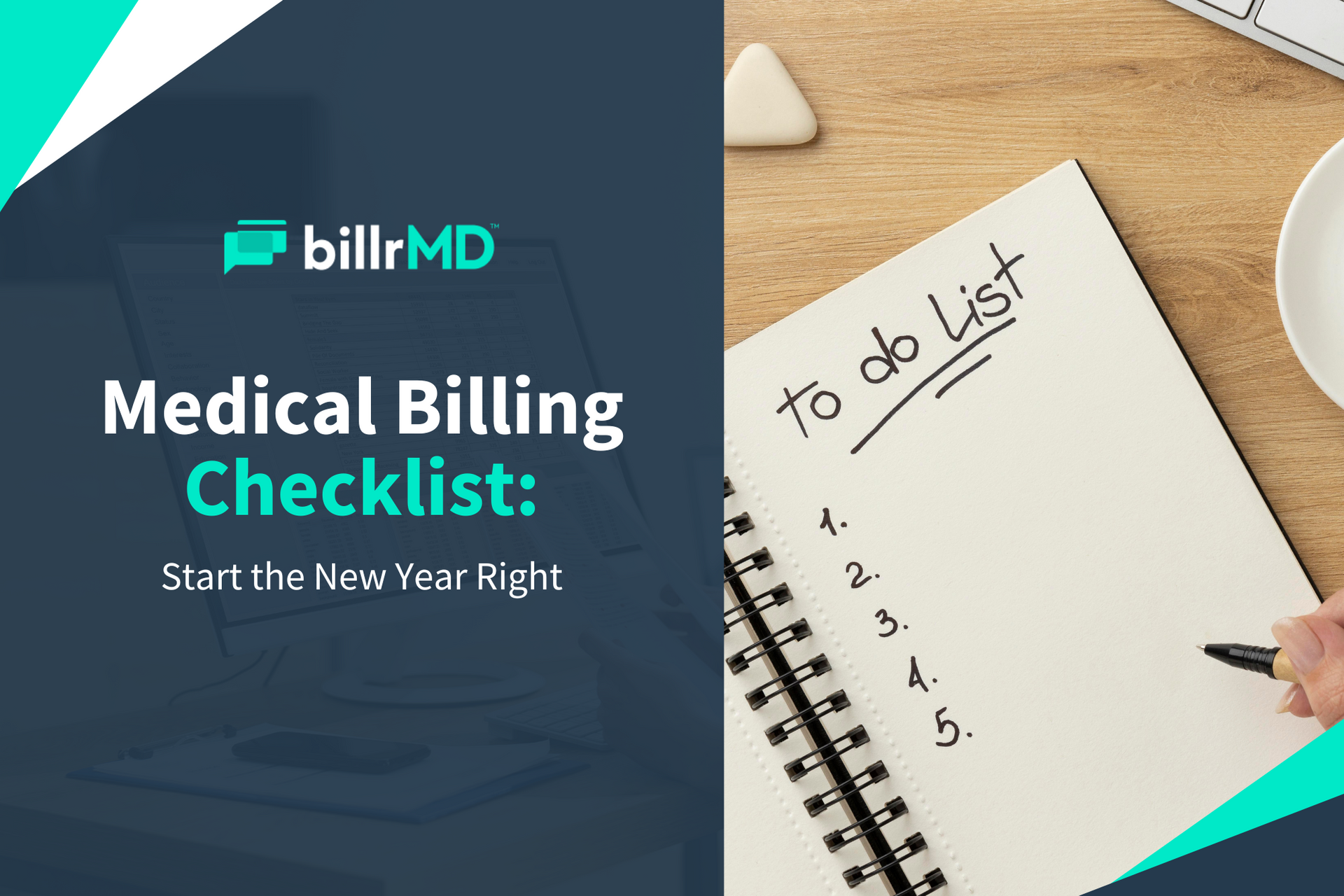Patient Demographics: Why They Matter More Than You Think
Most medical practices strive for equitable treatment outcomes. And one of the most crucial steps in attaining such a goal is ensuring the proper, accurate, and up-to-date collection of patient demographics.
To guarantee optimal patient outcomes, providers need to know as much about their patients as possible. Demographic data contain essential information that can help providers understand their patients better and tailor treatment plans according to patients' individual needs. This is especially crucial because certain demographic variables, like ethnicity, age, and medical history, determine a patient’s risk factors and which treatments will be the most effective.
Considering the critical role patient demographics play in improving care, it's only fitting to enhance and establish a standardized process for collecting such data.
Typical Patient Demographics Information

Most practices ask their patients to provide their demographic data during check-in. The information collected becomes part of a patient’s medical records that providers can refer to for every visit, treatment, and procedure. It’s also vital that patient demographics are constantly updated from time to time to ensure accuracy and optimum patient care.
Some of the most
common patient demographic information includes:
- Name
- Sex
- Gender
- Age
- Date of birth
- Address
- Contact information
- Medical history
- Drug allergies
- Past surgeries
- Medical conditions
- Current medications
- Family medical history
- Insurance Provider
- Employment
- Education
For Better Overall Patient Experience

Beyond improving care, patient demographics also help you improve the overall patient experience. Along with basic patient information like name, age, and sex, you can also collect supplementary details like gender identity, preferred language, contact preference, and other in-depth questions that could help you provide a more tailored service.
The more you know your patients, the better you can tailor your care to their specific needs and situation. A patient’s location, for example, might make it hard for them to receive immediate care or visit the clinic frequently, while their contact preference helps ensure that they receive their appointment reminders, statements, and other essential messages. In other words, having the patient’s demographic information could help you find ways to ease your patients’ burdens.
With patient dynamics increasingly shifting towards a more consumerist approach, patients today expect a more personalized experience. So if you want to improve your practice's patient satisfaction rate, you should start leveraging patient demographics.
Increased Cultural Competency
As the country's population becomes increasingly more diverse, providers and healthcare systems also have to grapple with unique challenges. That includes improving the cultural competence of your staff and your entire practice. It's all about ensuring that your practice is a safe, inclusive place where patients from different cultural and ethnic backgrounds can expect equitable care.
Patient demographics help you optimize your care, services, and your entire healthcare system to meet the different needs of your patients. It also allows providers to make patient-doctor interactions more personalized. Culturally competent practices meet patients' unique concerns while putting them at ease and making them feel respected.
Quality healthcare nowadays goes beyond just patient care. In order to stay competitive and compliant to constantly changing regulations, you need to be able to effectively deliver healthcare services that meet the social, cultural, and linguistic needs of patients from different ethnic backgrounds.
Choose the Right Software

Collecting patient demographics is one thing, but filing, storing, and managing them is an entirely different thing altogether. Paper-based demographic data collection is time-consuming, costly, and inefficient.
To fully maximize the benefits of patient demographics, it's important to automate your data collection process and integrate it into your practice management workflow. That's where the right software enters the picture.
A cloud-based billing and practice management solution, billrMD makes it easy for patients to fill out forms and for your practice to manage the data collected. And since it’s a two-in-one platform, billrMD offers industry-leading intuitiveness and integration.
Although an often overlooked aspect of patient care, patient demographics bring plenty of benefits and advantages to both your practice and your patients. If accurately collected, it can help improve your quality of care, patient satisfaction, and the overall patient experience. With the proper staff training and the right practice management software in place, patient demographics can do wonders for your practice.
Recent Posts
One software for all your practice management needs.
billrMD | All Rights Reserved.
billrMD | All Rights Reserved.











